
Primary Arms SLx MD-25
When it comes to electronic sights, the price is all over the map. It can be in the stratosphere if you desire the same one issued to elite military units, or seemingly free with the purchase of a happy meal on the low end. With all of the options available, what drives your purchase.
It is also helpful to look at how electronic or “red dot” sights have evolved over the years. It wasn’t that long ago, that the idea of one was laughable as a combat optic. The generally held consensus was that they were toys at best, and in no way would ever have the durability to survive a war. But no one is laughing about them now. The last of the US military services, the hard-headed USMC, doesn’t even require an iron sight qualification anymore. The electronic sight has become the standard.

In that same vein, technology tends to get cheaper as time goes by. The first plasma screen televisions were insanely priced, and could only be bought by the super rich. Fast forward 10 years, and you can pick one up for less than $200 at Walmart. Similar price drops can be seen across time for cell phones, personal computers, and GPS devices. When employed for the Gulf War, GPS was space-age magic. By 2006, it was hard to buy a car that didn’t have one built-in.
Which brings us to our current red dot sight review. At a price of $169.00, the Primary Arms SLx MD-25 is not the cheapest around. But it is less than 1/4th the price of the market leader, the Aimpoint Micro T-2. I don’t cover this end of the market often, because it rarely includes free t-shirts and beer coozies. But maybe there is a reason for that.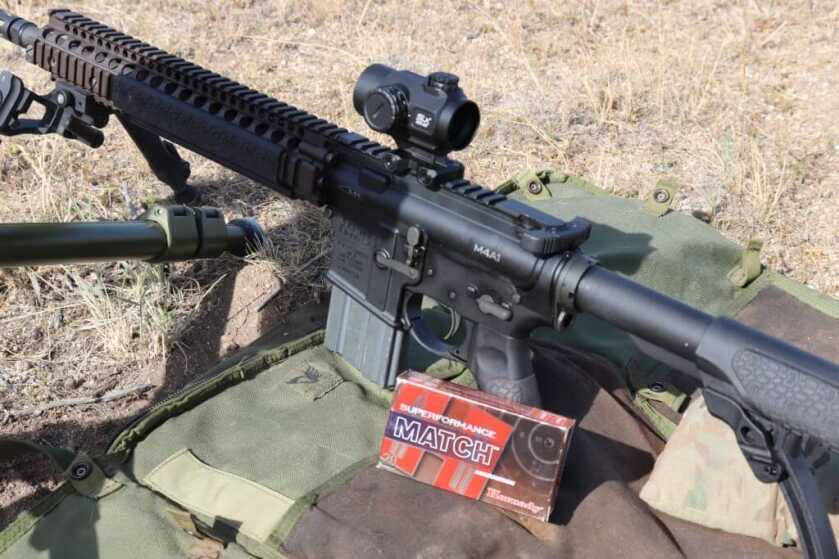
At this point in time, it isn’t unreasonable to conclude that a value-priced red dot can actually perform. I know some guys that have put some insane tests to less than Gucci branded optics, with staggering results. To the point that is their preference for a combat gun, which is a bold statement for a Veteran that has seen the elephant. I’ve also heard it told we might all be shocked to find which Gucci brands are actually made in the same factories as what we might term “peasant fare” optics.

So I approached this review with an open mind. A low price is no assurance of inferiority, any more than a high price is an assurance of superiority. Added to that is the reputation of Primary Arms. Primary Arms is a US-based company, and they do all the design work. But the products are made in Japan, China, and the Philippines. Despite this, Primary Arms has developed a name for durability over the last few years. And maybe we shouldn’t be so quick to dismiss the toughness of things made overseas anyway. Odds are the phone in your pocket, as well as the GPS in your hunting bag, were too.
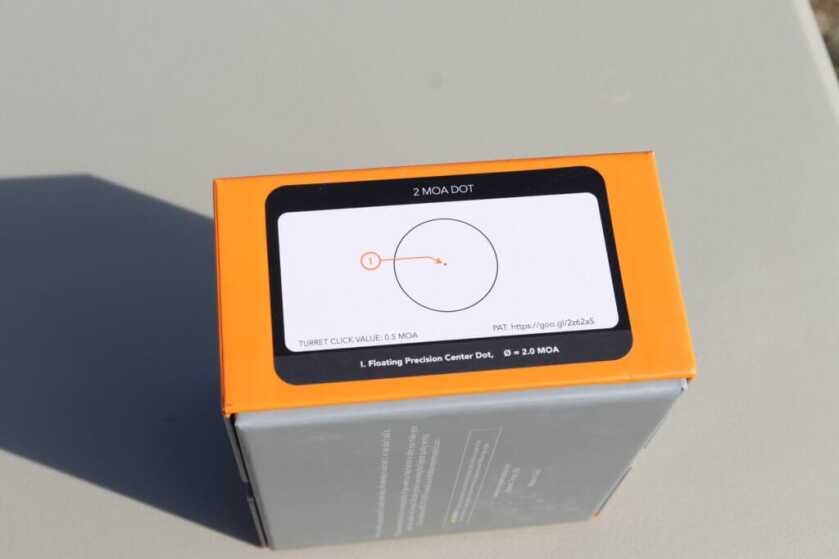
The SLx-25 is built to hit a sweet spot between a full size (often 30mm lens) red dot, and a micro (often 20mm). Hence the name 25, it has a 25mm objective lens. It offers a wider field of view for those that look “down the tube” while being small enough for those of us who look around the optic to still be happy.
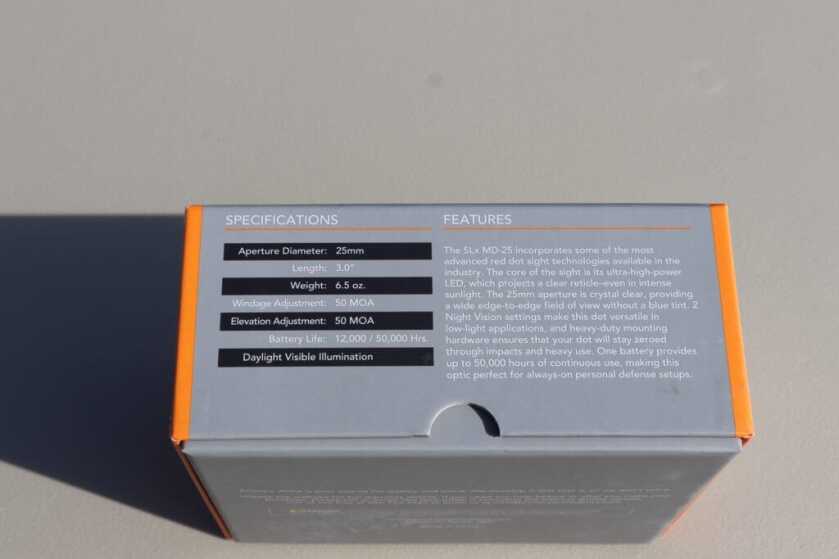
The controls are familiar if you have used other red dot sights. The elevation and windage turrets are capped, with the lens flipping upside down to use as the adjustment tool. The adjustments for both are ½ MOA, with surprisingly good audible and tactile clicks. Not only are they smooth, but it doesn’t leave you guessing if that was 5 turns or 7. The brightness control is an infinitely turnable dial, a novel concept. You don’t have to turn all the way in reverse to get to off if you are on the next to the highest setting. It is a bit larger, as in sticks out the side more than others in class. But it didn’t bother me while shooting, so a moot point.
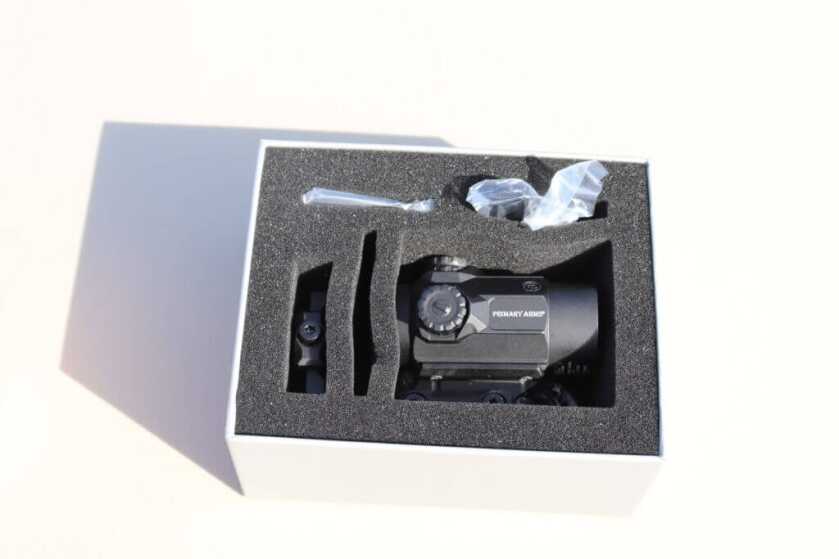
There are 11 total brightness settings, with the first two ( N1, N2) being night vision compatible. If I am going to have one complaint with the MD-25, it comes here. In the bright desert sun, the first 5 settings were pretty much useless for me. At 6 I could see the dot well enough to get a zero, which I do appreciate. But I had to turn it all the way up to 9 for what I would consider proper illumination. The advertised battery life is 50,000 hours (which is 5.7 years), but they don’t say which brightness setting that is on. We will have to see, over time, how this shakes out.

Now that brightness bit did lead to the good things. For one, the 2 MOA dot is incredibly crisp. Like, outperforms most of the things I’ve seen to date crisp. And that tracking test….. be still my beating heart.
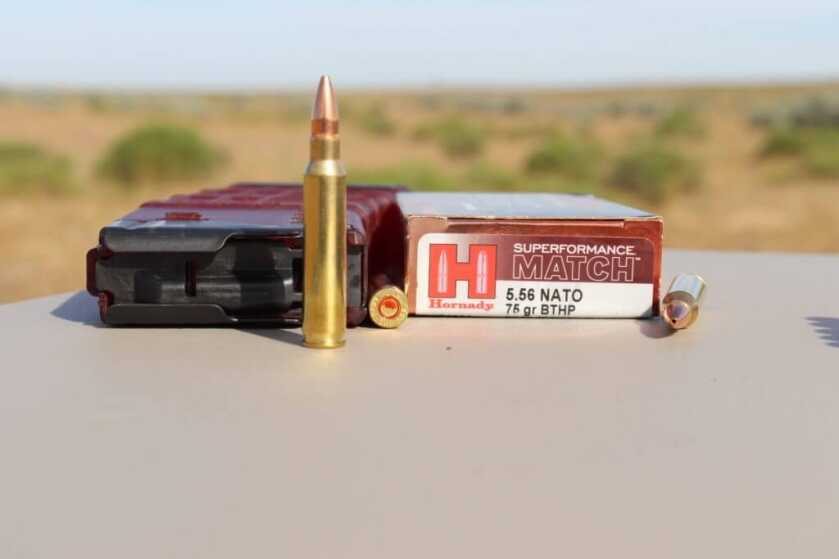
A tracking test is kind of an odd test for a red dot since 10 years ago even the expensive ones would fail. I do, however, like to do them. It gives me a little more quantifiable data than “red dot hit target good” since this is, after all, an optic. I feel like it also gives a feel for how serious the engineering was that went into the sight since most people are never going to bother checking. They get zeroed and stay there for years.
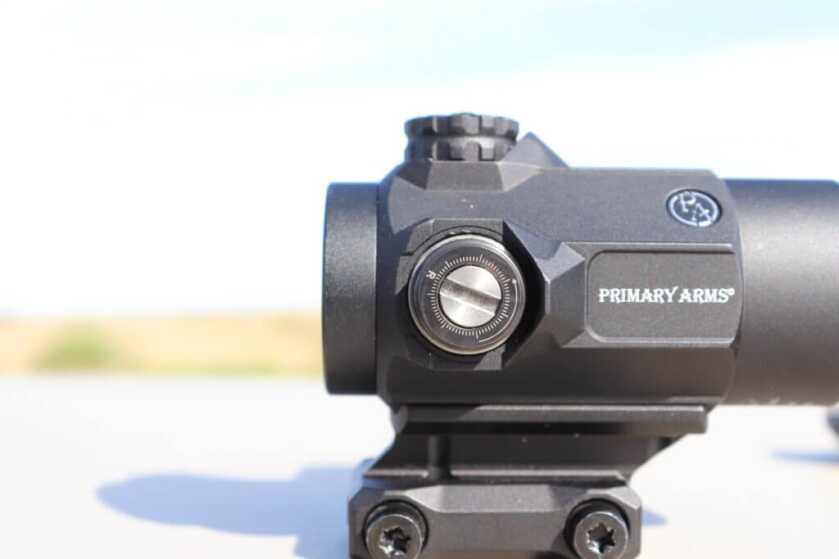
The MD-25 has ½ MOA adjustments, and I shot a box drill from 50 yards. Fair for a red dot, and it helps minimize the shooter error. A box drill is one round to confirm zero, then 16 clicks up, which should be 4 inches. Then right, then back down, and then left to see if it hits the same spot we started.

The MD-25, in an absolutely shocking turn of events, outperformed every red dot I have tried this on. The box drill was perfect. Now, maybe I am just getting better at left-handed shooting. (After my injury in February, I still can’t shoot rifles normal handed.) And the sight was helped immensely by being strapped on top of a Daniel Defense M4A1 being fed Hornady Superformance Match grade 223. That may, in fact, be the first time a sight this cheap was featured on a performance chain of that grade. But, facts are facts. It did 4 inches, perfect, in every direction, and came back to within ½ inch of zero. That ½ inch is absolutely within the margin of shooter error.

Another bonus feature of the Primary Arms optic is that it comes in a mount that is legitimately good. Often, at this price point, the mount is hot garbage. The one included has big, beefy hardware, which is what I like to see. It locks up tight, with a man-sized included tool to secure it. And if you don’t like their mount, and want something like a BOBRO Engineering QD mount?

Good news. The MD-25 has the same footprint as an Aimpoint T-1/2 Micro, which means the aftermarket is positively littered with mounts. It might seem silly to pay almost as much for the quick detach mount as the optic, but trust me. The 10th time you swap your sight over to another gun out of the safe, you will know where that money went. As soon as BOBRO is back in stock, I will be getting another one myself. Because I promise you this; the Primary Arms SLx MD-25 has earned a place in my arsenal. They aren’t getting this one back.


Any thoughts/experience with Primary Arms 1×8 Variable Scope ?
Looking at it for 3Gun Competition. And home/property defense.